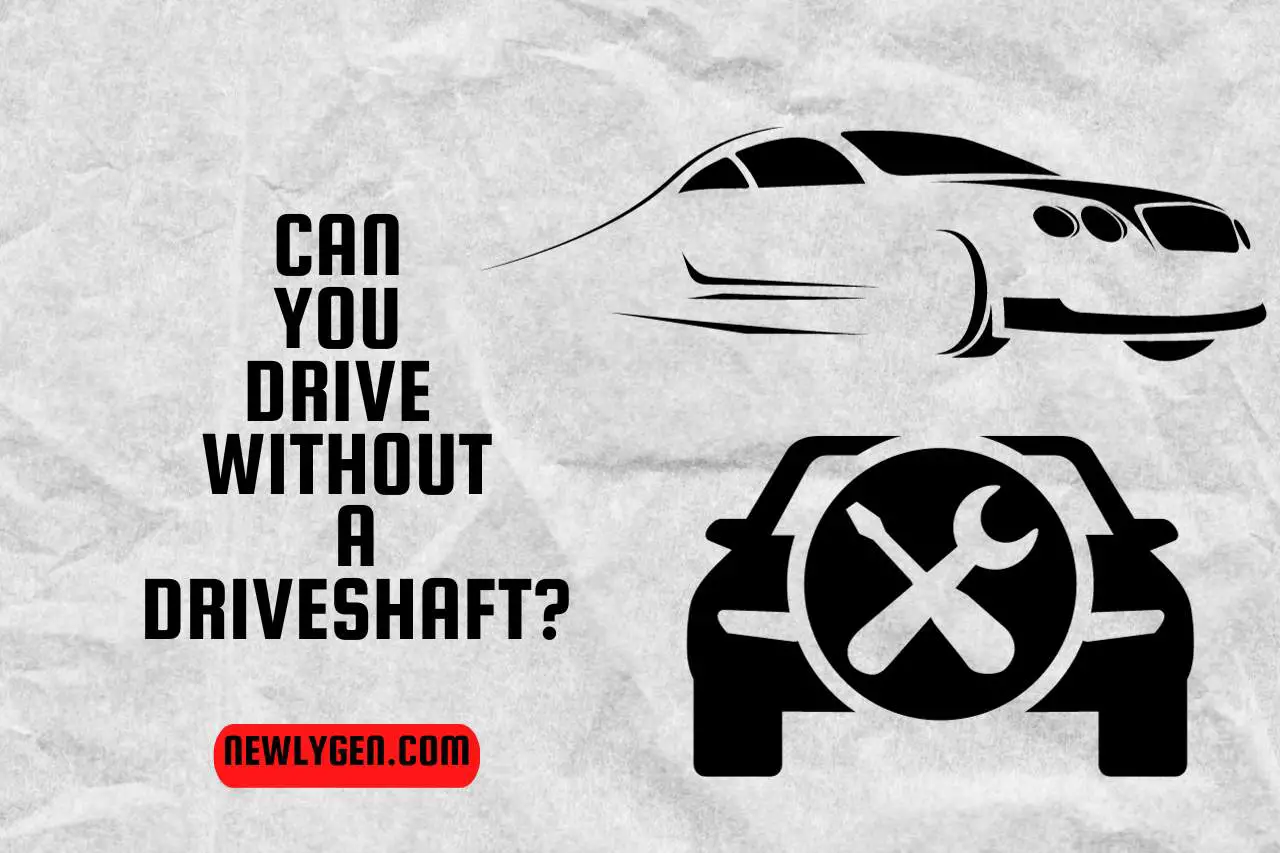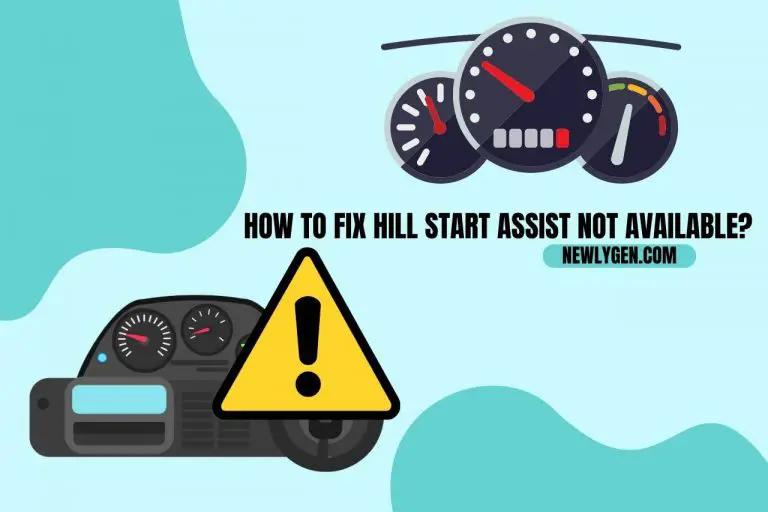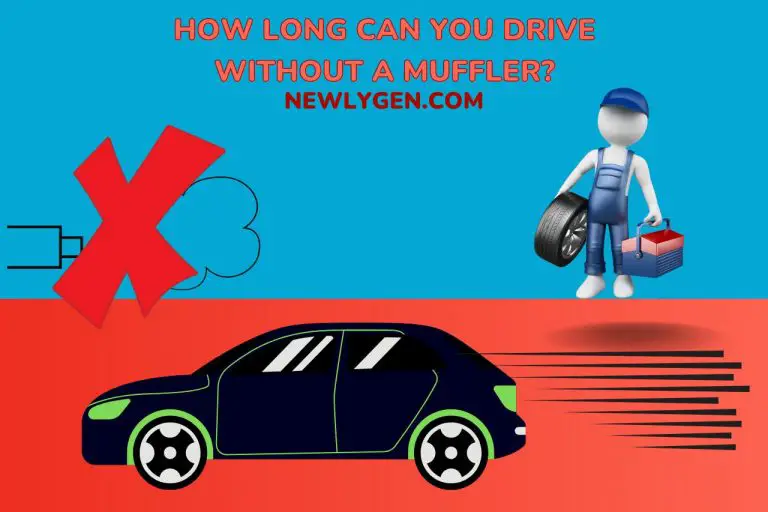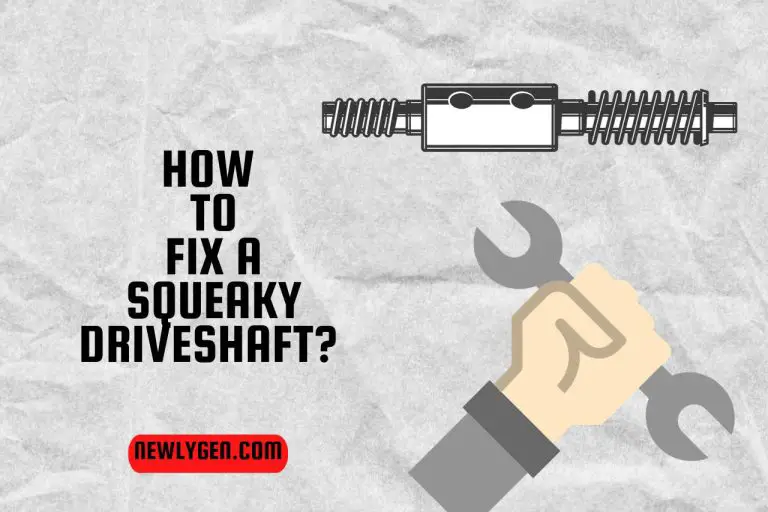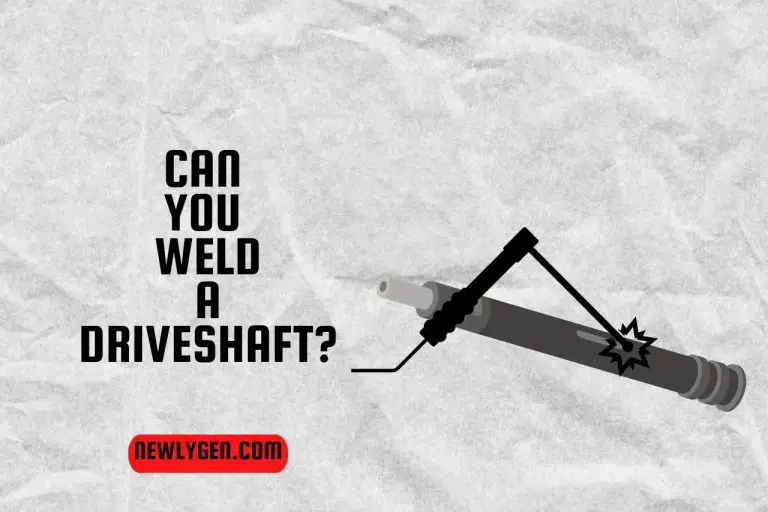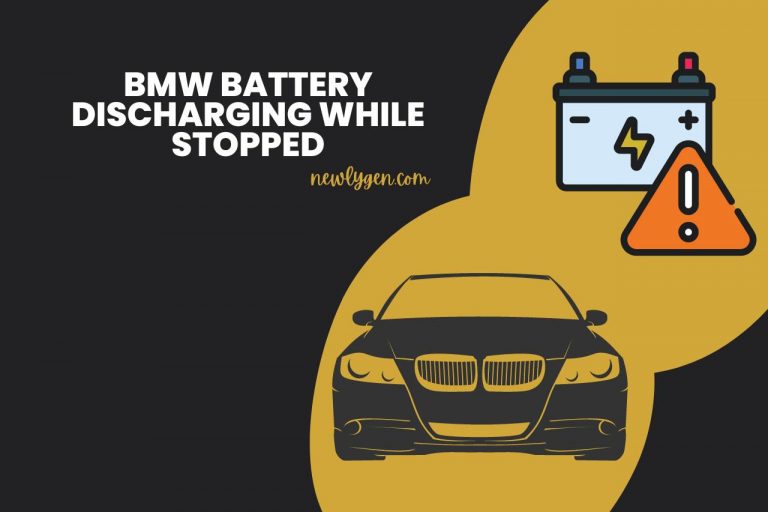Can you Drive without a Driveshaft? (What You Need to Know)
“Can you drive without a driveshaft?” is a question that often arises among vehicle owners, especially when this component wears out. However, the driveshaft is a critical component in transmitting power from the engine to the wheels, integral for the movement of rear-wheel and four-wheel drive vehicles. Thus, it is worth addressing whether you can safely travel without driveshafts. Join this discussion to learn the mechanics of driveshaft operation, the feasibility of driving without a front or rear driveshaft, and the risks associated with a broken driveshaft. Understanding these aspects is crucial for vehicle maintenance and safety. Hence, we’ll explore each scenario in detail, providing insights into the drivetrain system’s role in your vehicle’s functionality and the potential implications of driveshaft issues.
How Do Driveshafts Work?
Driveshafts work by transferring power from a vehicle’s engine and transmission to its wheels, enabling motion.
Essentially, the driveshaft is a mechanical component designed for transmitting torque and rotation. It’s typically found in vehicles with a front-engine and rear-wheel drive layout.
The following simple breakdown will help you to understand the driveshaft’s mechanism better.
- Torque Transfer: The driveshaft takes rotational energy from the engine, which is converted into torque by the transmission.
- Connecting Components: It connects the transmission with the differential, which is another key component in the drivetrain system.
- Accommodating Movement: The driveshaft is equipped with universal joints (U-joints) that allow for flexibility in the angle of the connection, accommodating the motion of the suspension and changes in vehicle height.
- Power Distribution: As the last step, the differential distributes this power to the wheels, enabling them to rotate at different speeds, which is especially important when turning.
Accordingly, the driveshaft is integral to a vehicle’s ability to move, as it plays a crucial role in transmitting the necessary power to the wheels.
Can you Drive without a Front Driveshaft?
Yes, you can drive without a front driveshaft. However, this is possible in certain vehicles, particularly those with four-wheel drive (4WD) systems that can be switched to rear-wheel drive (RWD).
The reason why, the front driveshaft is primarily used for delivering power to the front wheels when in 4WD mode.
If the vehicle has the option to operate in RWD mode, it can function without the front driveshaft.
Removing the front driveshaft in 4WD vehicles will essentially turn them into RWD. This means the vehicle will only derive power from its rear wheels.
However, while this is technically feasible, you will have to consider the impact on the vehicle’s handling and capabilities.
The absence of the front driveshaft might alter the vehicle’s balance and dynamics, especially in off-road or adverse conditions. Therefore, doing this modification may cause accidents.
So, keep in mind that this is often used as a temporary measure, particularly in emergency situations or when the front driveshaft is damaged.
In summary, while you can drive without a front driveshaft in some vehicles, it is generally not recommended for long-term use.
Can you Drive without a Rear Driveshaft?
Yes, you can drive without a rear driveshaft, but it is not recommended, especially in rear-wheel drive (RWD) and four-wheel drive (4WD) vehicles.
The rear driveshaft plays a crucial role in these vehicles, as it transmits power from the transmission to the rear wheels or axles. The transfer case and other components will be damaged without a rear driveshaft.
Here is a concise breakdown of how the absence of a rear driveshaft affects these vehicles.
- Rear-Wheel Drive Vehicles: In RWD vehicles, the rear driveshaft is essential for vehicle movement. Without it, there’s no mechanism to transfer the engine’s power to the rear wheels, rendering the vehicle immobile.
- Four-Wheel Drive Vehicles: In 4WD vehicles, the rear driveshaft is equally important. While these vehicles have both front and rear driveshafts, the absence of either would disrupt the power distribution, potentially causing significant mechanical issues and loss of mobility.
- All-Wheel Drive Considerations: In all-wheel drive (AWD) vehicles, the design is different, and they often use a different mechanism for power distribution. However, the absence of any driveshaft in AWD vehicles also typically results in a loss of power transmission to the wheels.
In summary, the rear driveshaft is integral to the function of RWD and 4WD vehicles. Therefore, its removal or failure would lead to a loss of power transmission to the rear wheels, making the vehicle inoperable.
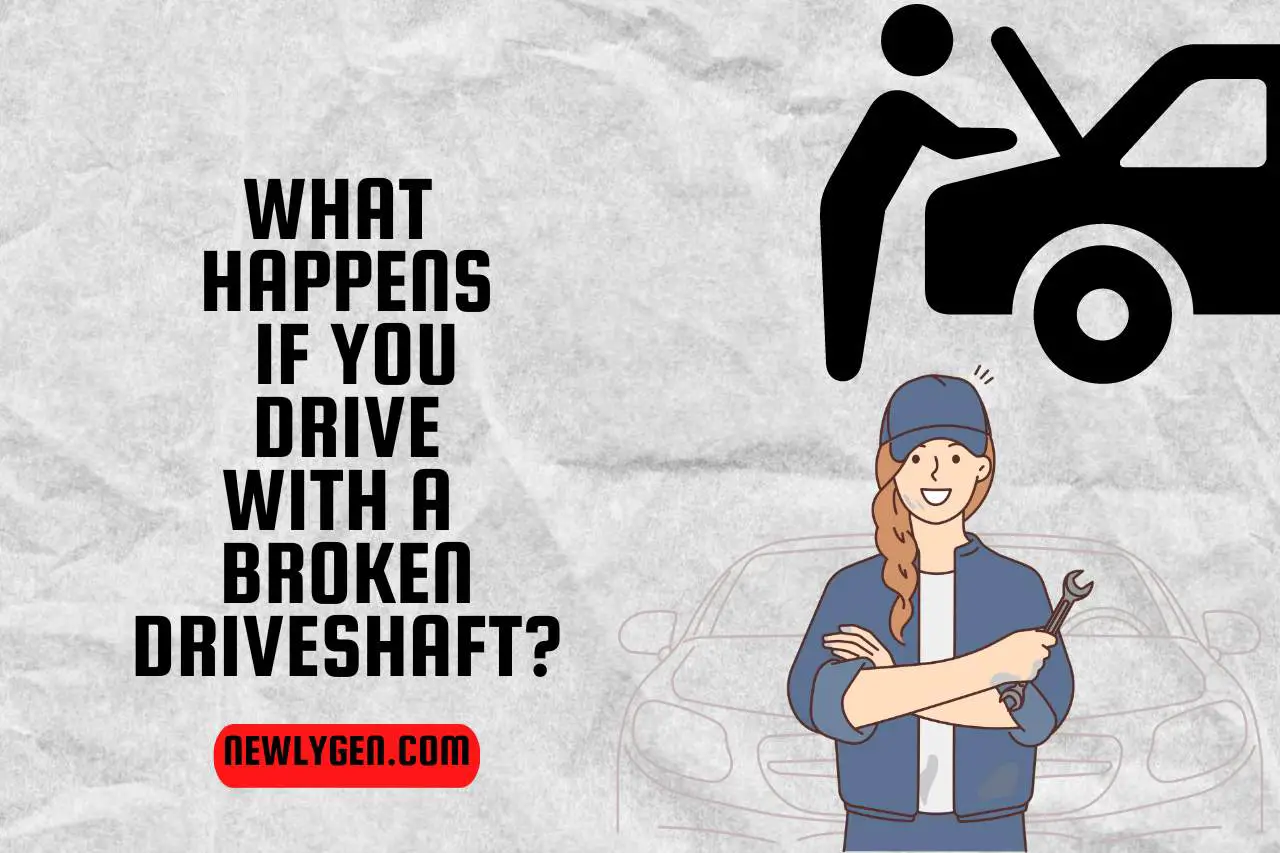


What Happens If you Drive with a Broken Driveshaft?
If you drive with a broken driveshaft, it can lead to serious vehicle malfunctions and safety hazards. When a driveshaft fails, it directly impacts the vehicle’s ability to transfer power from the engine to the wheels.
The most common consequences you can expect are listed below.
- Loss of Power to Wheels: The most immediate effect is the loss of power transmission, making the vehicle unable to move or causing it to come to a sudden stop.
- Loss of Vehicle Control: A broken driveshaft can cause unpredictable vehicle behavior, posing a significant risk to driver control.
- Potential for Additional Damage: Pieces of a broken driveshaft can cause further damage to the undercarriage, fuel lines, or brake lines, leading to more extensive repairs.
- Vibrations and Noise: Prior to complete failure, a damaged driveshaft often causes unusual vibrations or noises, indicating a serious problem.
- Safety Risk: Continuing to drive with a damaged or failing driveshaft is a safety risk, not just to the driver but also to others on the road.
Thus, you need to address this problem as early as possible. Continuing to drive in such a condition can lead to a complete breakdown, extensive vehicle damage, and significant safety hazards.
Watch this one,
Video Credits – The Daninator
You May Also Like
Does Driveshaft Make a Noise? (Causes & Diagnostics)
Can a Bad Driveshaft Cause Vibration? Automotive Insights!
Can you Weld a Driveshaft? (Techniques & Tips)
How to Diagnose Driveshaft Problems? (Signs & Solutions)
How to Fix a Squeaky Driveshaft? Stop the Squeak!
How to Service Drive Shaft? (Tips & Techniques)
Can a Bad Driveshaft Affect Transmission? Expert Insights Revealed!

